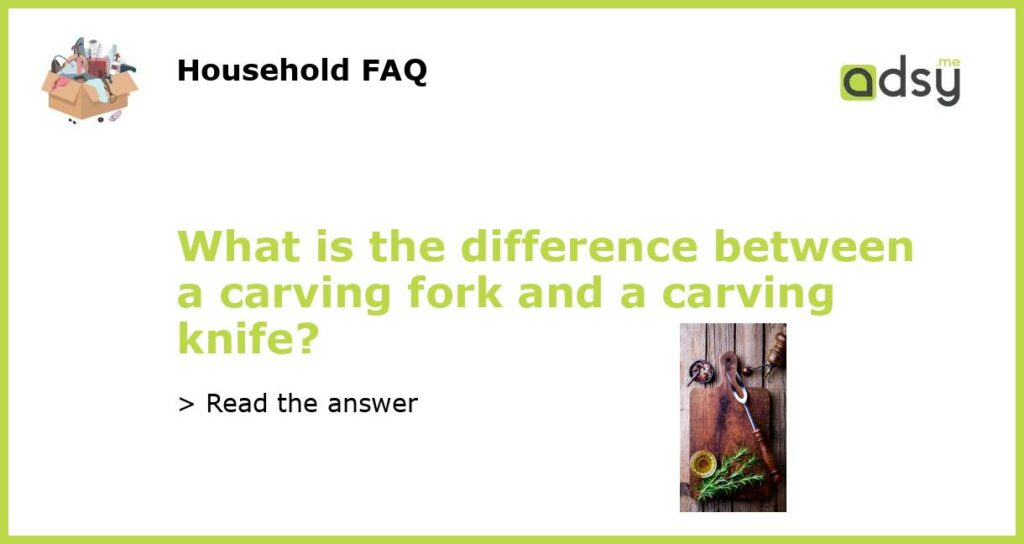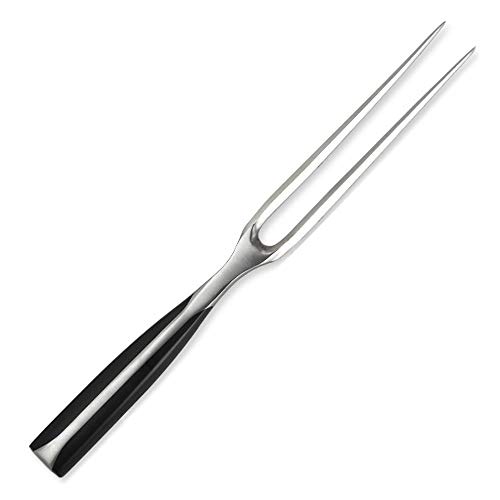Carving Fork vs Carving Knife: What’s the Difference?
When it comes to carving meat, two essential tools you will need are a carving fork and a carving knife. However, many people get confused about the difference between the two. In this article, we will explore the key differences between a carving fork and a carving knife.
What is a Carving Fork?
A carving fork is a long, slender fork designed to hold meat steady while you carve it. With sharp tines, the fork is used to anchor a piece of meat to a cutting board or a serving tray while you slice it with a carving knife. Typically, carving forks are made of stainless steel or other durable metals and have a comfortable handle that is easy to grip.
What is a Carving Knife?
A carving knife is a long, thin knife that is specifically designed for slicing meats, such as beef, pork, turkey, and ham. With a sharp, pointed tip and a thin blade, a carving knife can cut through meat with ease and precision. Carving knives come in different sizes, ranging from 8 to 14 inches, and are also made of durable materials like stainless steel.
When to Use a Carving Fork?
A carving fork is primarily used to hold meat in place and prevent it from slipping while you carve it. This tool is particularly helpful for cutting large roasts or whole turkeys, where a steady hand is needed to make precise cuts. Additionally, carving forks can be used to serve meat, providing a sturdy tool to lift and transfer slices of meat to a serving dish.
When to Use a Carving Knife?
A carving knife is essential for slicing meat into thin, even pieces, making it the ideal tool for carving roasts, turkey, ham, and other large cuts of meat into individual servings. With its razor-sharp blade and comfortable grip, a carving knife can make easy work of even the toughest cuts of meat. Additionally, carving knives can be used to slice vegetables, fruits, and bread, making it a versatile kitchen tool.






